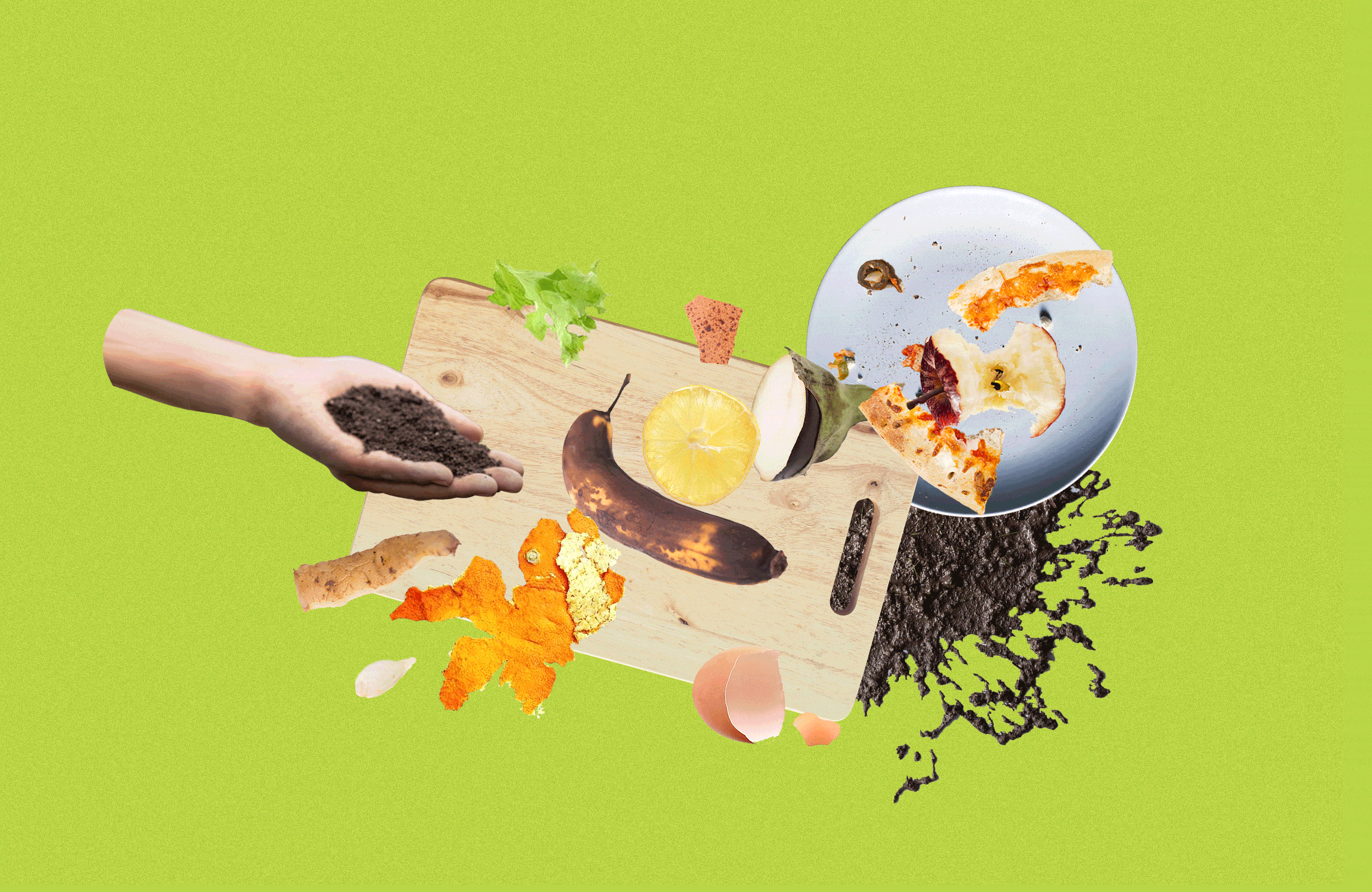Inspiration 💡
You would think that by 2022 we would have the most basic human needs, such as access to food, figured out by now. But no, we don’t. Currently, in America and around the world, certain areas do not have access to healthy and quality food. These areas are known as food deserts. Food deserts disproportionately affect communities with high poverty, black communities, and communities without adequate transportation. More than 33% of residents in a food desert have to travel sometimes up to 10 miles to get to their nearest grocery store. Nearly 39.5 million people in the United States alone live in these areas.

What it does 🤔
There are 3 main components to Food Oasis. First, the website pings the users’ location and identifies if you live in a food desert. Users can then find out more information and resources to help them gain access to quality food. Next, there is an option to donate either money to a food bank or food to a food desert near you. Users can also sign up to volunteer at a food bank, and we connect them to one in a local food desert. Lastly, Food Oasis lets you browse free, nutritious, and cost efficient meals. Not only are you able to make recipes, you’re also able to share them! Help out another family in need by giving your tips and tricks around the kitchen.

Targeted Track : Social Good
How we built it ⚙️
We used HTML and CSS to create the UI and JS for the back end. We used a Edamam Recipe API for searching for recipes. Node.JS was the evented I/O for the backend (Deafault => Repl). For CSS, we've also used Chakra & besides, JQuery was also used to access the backend. To fetch the IP, we've used IPinfo API & Mapbox for displaying the maps accordingly. The internal Query is handled by a backend running on Express.
Design 🎨
We utilized design tools like Sketchpad & Illustrator to prototype our designs before doing any coding. Through this, we are able to get iterative feedback so that we spend less time re-writing code.

Research 📚
Research is the key to empathizing with users: we found our specific user group early and that paves the way for our whole project. Here are a few of the resources that were helpful to us —
- Starved: Our Food Insecurity Crisis : https://www.youtube.com/watch?v=IcZAiawGziM
- Memphis, America's hunger capital : https://www.youtube.com/watch?v=E6ZpkhPciaU
- HTML Forms : https://www.w3schools.com/html/html_forms.asp
- Chakra CSS : https://chakra-ui.com/docs/components
- Edamam API Docs : https://developer.edamam.com/edamam-recipe-api
- Food Deserts in the United States : https://www.aecf.org/blog/exploring-americas-food-deserts
Challenges we ran into 😤
One challenge we ran into was the differences within our timezones. With a 9 hour difference between our members, finding a time where everyone was able to work together at once was a difficulty we overcame. We started pretty late, which actually brought some serious brainstorming and then executing thoughts into action!
Accomplishments that we're proud of ✨
We are proud of our Recipe Search feature which uses a recipe API where users can enter ingredients they have to find recipes that they can cook. We were also able to add most of the features that we envisioned for the app during ideation.
What we learned 🙌
We gained knowledge in frontend development using HTML and CSS, as well as some basic Javascript. We also learned about the issue of food deserts, and some solutions that could be implemented to help stop them. Also not to mention, we enhanced our googling and Stackoverflow searching skills during the hackathon :)
What's next for Food Oasis 🚀
One feature we plan to implement is a recipe submission and voting system, where users will be able to upload their own recipes and have the best recipes recognized through upvotes and downvotes. Another feature we plan to add allows for users who live in a food desert to see a list of nearby locations where they can get access to quality and healthy food that they might not be aware of. And last but not the least, we are also aiming to increase the security protocols in the app to reduce spam & attacks!
License
MIT












Log in or sign up for Devpost to join the conversation.